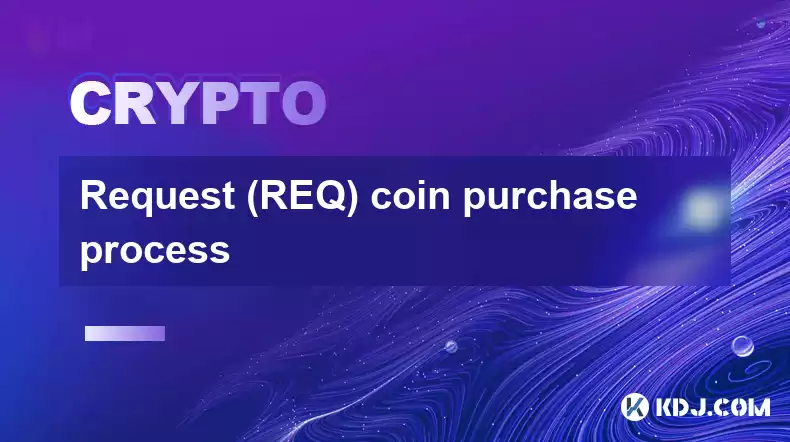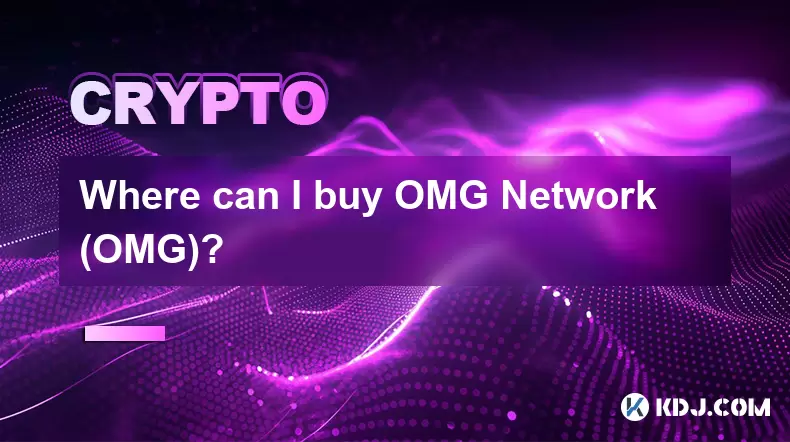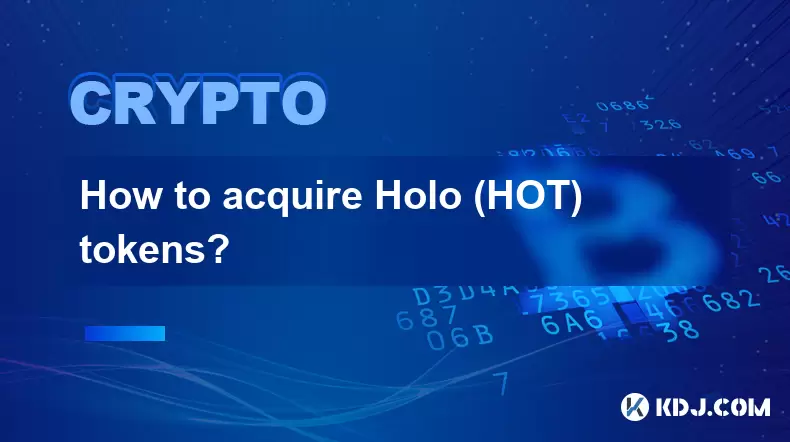-
 Bitcoin
Bitcoin $116700
0.24% -
 Ethereum
Ethereum $3973
4.34% -
 XRP
XRP $3.283
7.68% -
 Tether USDt
Tether USDt $1.000
0.01% -
 BNB
BNB $789.8
2.27% -
 Solana
Solana $176.2
3.31% -
 USDC
USDC $0.9999
0.00% -
 Dogecoin
Dogecoin $0.2238
5.14% -
 TRON
TRON $0.3389
-0.51% -
 Cardano
Cardano $0.7907
4.03% -
 Stellar
Stellar $0.4527
10.02% -
 Hyperliquid
Hyperliquid $41.07
4.27% -
 Sui
Sui $3.794
1.77% -
 Chainlink
Chainlink $19.49
10.40% -
 Bitcoin Cash
Bitcoin Cash $580.9
0.74% -
 Hedera
Hedera $0.2617
4.32% -
 Avalanche
Avalanche $23.41
3.67% -
 Ethena USDe
Ethena USDe $1.001
-0.03% -
 Litecoin
Litecoin $122.4
1.38% -
 Toncoin
Toncoin $3.364
1.49% -
 UNUS SED LEO
UNUS SED LEO $8.988
0.37% -
 Shiba Inu
Shiba Inu $0.00001295
2.82% -
 Uniswap
Uniswap $10.62
5.75% -
 Polkadot
Polkadot $3.922
4.46% -
 Dai
Dai $1.000
0.01% -
 Bitget Token
Bitget Token $4.494
2.15% -
 Monero
Monero $268.0
-1.30% -
 Cronos
Cronos $0.1523
3.68% -
 Pepe
Pepe $0.00001127
4.43% -
 Aave
Aave $285.4
4.85%
Request (REQ) coin purchase process
Trustless invoices, dispute resolution mechanisms, and global payments make Request Network a suitable solution for businesses seeking a secure and cost-efficient payment system.
Dec 24, 2024 at 10:44 am

Key Points:
- Introduction to Request (REQ) Coin and its Background
- Benefits and Use Cases of Request Network
- How to Buy REQ Crypto on a Centralized Exchange (CEX)
- How to Buy REQ Coin on a Decentralized Exchange (DEX)
- KYC Requirements for Cryptocurrency Exchanges
- Using a Hardware or Software Wallet to Store REQ
- Frequently Asked Questions (FAQs) about Request (REQ) Coin Purchase
1. Introduction to Request (REQ) Coin and its Background
Request (REQ) is a cryptocurrency used to power the Request Network, a decentralized payment and invoicing platform. It was created to simplify and secure the process of making and receiving payments online, eliminating the need for costly intermediaries such as banks and credit card companies.
- Built on the Ethereum blockchain, REQ coin is an ERC-20 token that empowers users with the following capabilities:
- Trustless Invoicing: Create and verify invoices without relying on third parties, increasing transparency and reducing fraud.
- Dispute Resolution: Resolve payment disputes efficiently through decentralized arbitration mechanisms.
- Global Payments: Make and receive international payments quickly and affordably, eliminating geographical barriers.
2. Benefits and Use Cases of Request Network
The Request Network offers a wide range of benefits and use cases, making it a versatile solution for businesses and individuals alike:
- Lower Transaction Fees: Eliminates the high fees associated with traditional payment methods, saving users significant costs.
- Faster Transactions: Leverages blockchain technology to accelerate settlement times, ensuring payments are processed promptly.
- Increased Security: Utilizes the security of the Ethereum network to protect transactions, minimizing the risk of fraud and hacking.
- Scalability: Handles large volumes of transactions efficiently, ensuring its suitability for both small and large-scale operations.
3. How to Buy REQ Crypto on a Centralized Exchange (CEX)
Centralized exchanges (CEXs) offer a user-friendly platform for buying and selling cryptocurrencies. To purchase REQ on a CEX, follow these steps:
- Select a Reputable CEX: Research and choose a trusted and secure CEX that supports REQ trading.
- Register an Account: Create an account on the selected CEX, providing personal information and undergoing KYC (Know Your Customer) verification.
- Fund Your Account: Transfer funds into your CEX account using supported payment methods like bank transfers or credit/debit cards.
- Place a Buy Order: Navigate to the REQ trading pair and place a buy order, specifying the amount and price of REQ you wish to purchase.
- Complete the Transaction: Finalize the transaction by confirming your order details and completing any necessary two-factor authentication.
4. How to Buy REQ Coin on a Decentralized Exchange (DEX)
Decentralized exchanges (DEXs) enable peer-to-peer cryptocurrency trading without intermediaries. To buy REQ on a DEX:
- Connect Your Wallet: Integrate a compatible cryptocurrency wallet, such as MetaMask or Trust Wallet, with the chosen DEX.
- Select a Trading Pair: Locate the REQ trading pair (e.g., REQ/ETH) on the DEX.
- Place an Order: Specify the amount and price of REQ you want to buy and place an order.
- Wait for Execution: The order will be broadcast to the network and executed when a matching sell order is available.
5. KYC Requirements for Cryptocurrency Exchanges
To comply with Anti-Money Laundering (AML) and Counter-Terrorism Financing (CTF) regulations, cryptocurrency exchanges may implement KYC procedures to verify their users' identities. This may involve:
- Providing government-issued identification documents, such as a passport or driver's license.
- Uploading proof of address, such as a utility bill or bank statement.
- Undergoing facial recognition or other biometric verification.
6. Using a Hardware or Software Wallet to Store REQ
After purchasing REQ, it is essential to store it securely using a hardware or software wallet.
- Hardware Wallets: Physical devices designed specifically for storing cryptocurrencies offline, providing the highest level of security.
- Software Wallets: Digital applications that allow users to store and manage cryptocurrencies on their computers or mobile devices, offering convenience and accessibility.
7. Frequently Asked Questions (FAQs) about Request (REQ) Coin Purchase
Q: What is the best way to buy REQ coins?
A: The best way depends on your preferences and risk tolerance. CEXs offer greater ease of use, while DEXs provide enhanced security and privacy.
Q: What are the fees associated with buying REQ?
A: CEXs typically charge trading fees, while DEXs may have gas fees for executing trades on the blockchain.
Q: How can I track my REQ coin purchase?
A: You can track your transaction status through the CEX or DEX you used to make the purchase. Some wallets also provide transaction tracking capabilities.
Q: Where can I find up-to-date information about Request (REQ) coin?
A: The official Request Network website, community forums, and social media channels provide the latest news, updates, and announcements.
Disclaimer:info@kdj.com
The information provided is not trading advice. kdj.com does not assume any responsibility for any investments made based on the information provided in this article. Cryptocurrencies are highly volatile and it is highly recommended that you invest with caution after thorough research!
If you believe that the content used on this website infringes your copyright, please contact us immediately (info@kdj.com) and we will delete it promptly.
- Roman Storm, Funding Effort, and the Looming Defense Retrial: A New York Minute on the Tornado Cash Case
- 2025-08-09 02:50:14
- Crypto's Wild Ride: XRP, Dogecoin, and the Altcoin Surge You Can't Ignore
- 2025-08-09 02:50:14
- Elon Musk, Bitcoin, and the Enduring Power of Approval: A Crypto Love Story?
- 2025-08-09 03:50:15
- Ruvi AI: The Next Big Thing After Ripple on CoinMarketCap?
- 2025-08-09 03:50:15
- Floki Price Surges: Elliott Wave and Fibonacci Setups Point to Potential Gains!
- 2025-08-09 02:30:16
- Pepe Price, RTX (Remittix?) & the $10K ETH Dream: NYC Crypto Chatter
- 2025-08-09 02:30:16
Related knowledge

Where can I buy UMA (UMA)?
Aug 07,2025 at 06:42pm
Understanding UMA and Its Role in Decentralized FinanceUMA (Universal Market Access) is an Ethereum-based decentralized finance (DeFi) protocol design...

What is the best app to buy Nano (NANO)?
Aug 09,2025 at 03:35am
Understanding Nano (NANO) and Its Unique FeaturesNano is a feeless, instant cryptocurrency designed for fast peer-to-peer transactions. Unlike many ot...

Where can I purchase Siacoin (SC)?
Aug 08,2025 at 11:14am
Understanding Siacoin (SC) and Its Role in the Sia NetworkSiacoin (SC) is the native cryptocurrency of the Sia decentralized cloud storage platform, a...

Where can I buy OMG Network (OMG)?
Aug 08,2025 at 12:57pm
Understanding OMG Network (OMG) and Its PurposeThe OMG Network, originally known as OmiseGO, is a layer-2 scaling solution built on the Ethereum block...

What exchanges support buying IOTA (MIOTA)?
Aug 07,2025 at 09:58pm
Understanding the Role of Private Keys in Cryptocurrency SecurityIn the world of cryptocurrency, private keys are the cornerstone of ownership and con...

How to acquire Holo (HOT) tokens?
Aug 08,2025 at 05:56am
Understanding Holo (HOT) and Its EcosystemHolo (HOT) is a cryptocurrency token associated with the Holo ecosystem, which is built on the Holochain fra...

Where can I buy UMA (UMA)?
Aug 07,2025 at 06:42pm
Understanding UMA and Its Role in Decentralized FinanceUMA (Universal Market Access) is an Ethereum-based decentralized finance (DeFi) protocol design...

What is the best app to buy Nano (NANO)?
Aug 09,2025 at 03:35am
Understanding Nano (NANO) and Its Unique FeaturesNano is a feeless, instant cryptocurrency designed for fast peer-to-peer transactions. Unlike many ot...

Where can I purchase Siacoin (SC)?
Aug 08,2025 at 11:14am
Understanding Siacoin (SC) and Its Role in the Sia NetworkSiacoin (SC) is the native cryptocurrency of the Sia decentralized cloud storage platform, a...

Where can I buy OMG Network (OMG)?
Aug 08,2025 at 12:57pm
Understanding OMG Network (OMG) and Its PurposeThe OMG Network, originally known as OmiseGO, is a layer-2 scaling solution built on the Ethereum block...

What exchanges support buying IOTA (MIOTA)?
Aug 07,2025 at 09:58pm
Understanding the Role of Private Keys in Cryptocurrency SecurityIn the world of cryptocurrency, private keys are the cornerstone of ownership and con...

How to acquire Holo (HOT) tokens?
Aug 08,2025 at 05:56am
Understanding Holo (HOT) and Its EcosystemHolo (HOT) is a cryptocurrency token associated with the Holo ecosystem, which is built on the Holochain fra...
See all articles

























































































